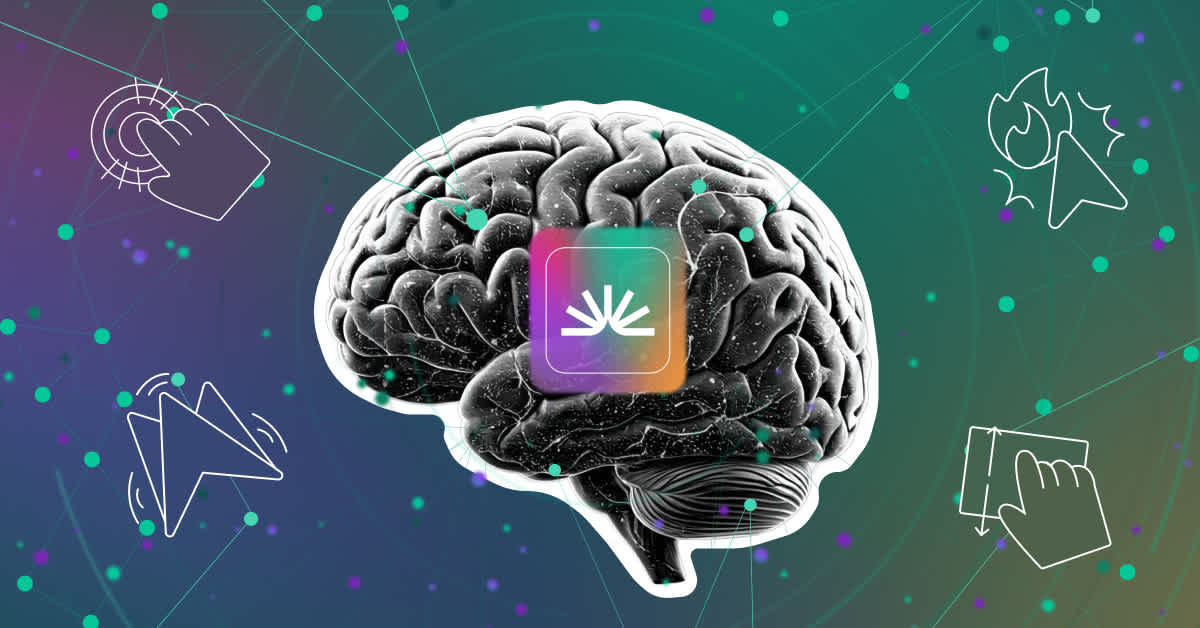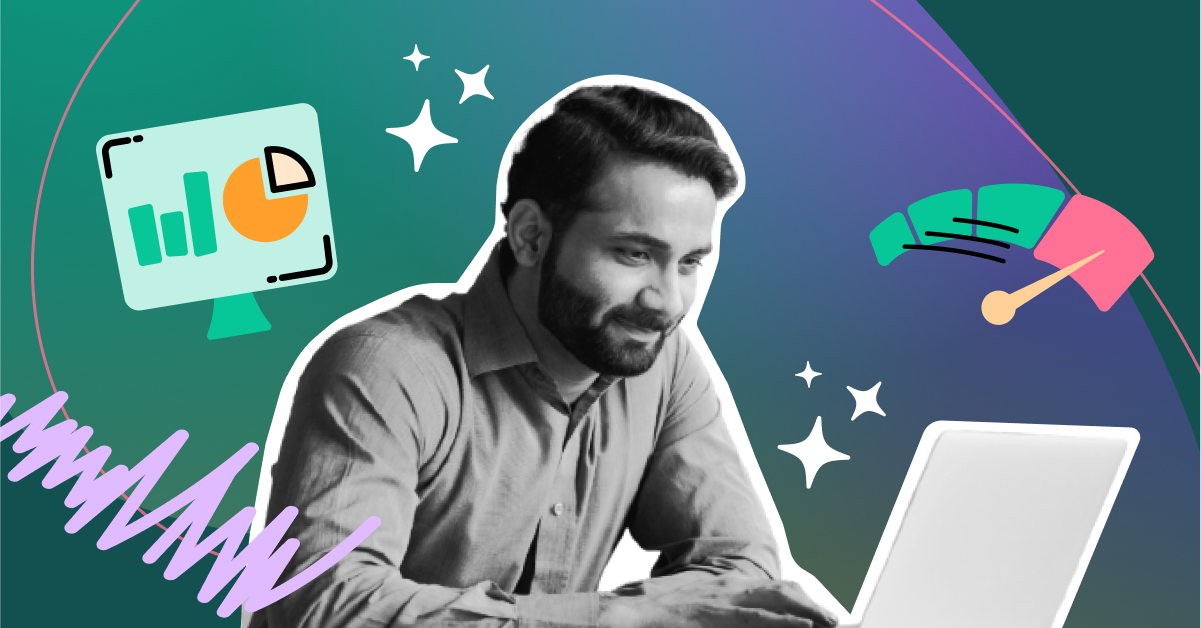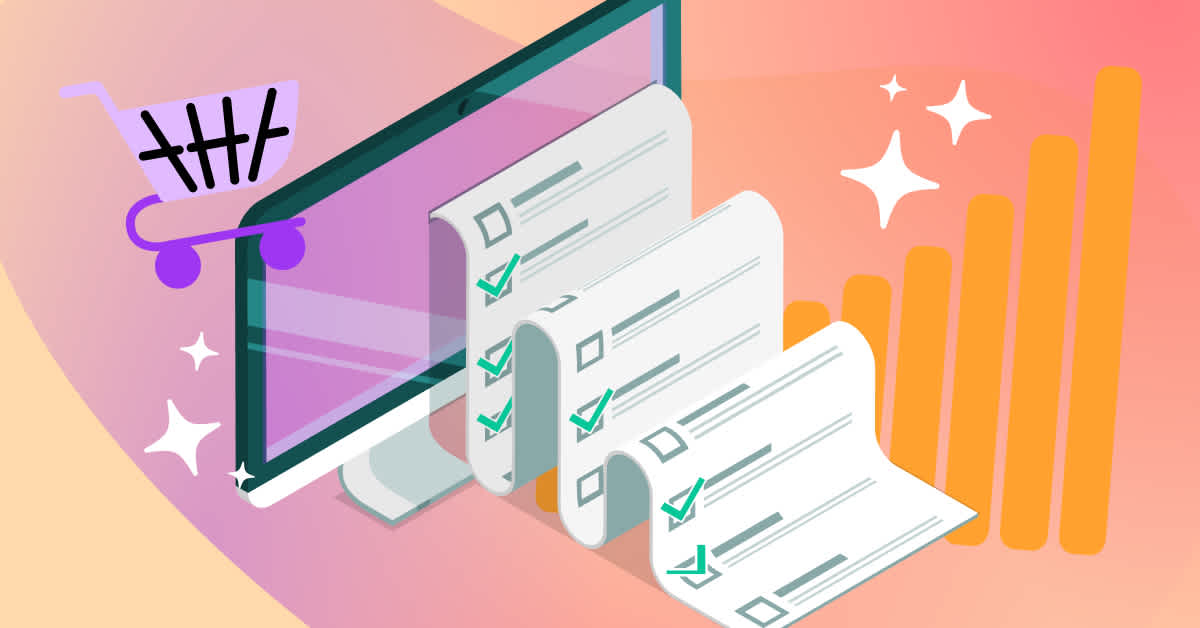Fullstory was founded with a simple but ambitious mission: to help companies perfect digital experiences by understanding user behavior in real time. At the time, digital analytics relied on manual event instrumentation—a painstaking and error-prone process where every event, like a click or scroll, had to be individually defined by engineers. This process was slow, limited, and often left key insights undiscovered.
We aimed to turn the paradigm of data capture on its head. We envisioned and built something radically different: a technology that would capture every user interaction automatically, without requiring teams to predict and tag each event in advance. This new autocapture approach meant anyone could instantly access complete behavioral data without the expensive bottlenecks that result from manual instrumentation.
Today, we're thrilled to see the decade-long debate over "manual instrumentation" vs. "autocapture" finally put to rest, as more digital analytics professionals recognize the benefits of autocapture. Even Amplitude finally adopted autocapture after being adamantly against it for many years. Autocapture is finally the implicitly agreed-upon industry standard for Digital Analytics solutions. Hurray!
As the inventor of the Rage Click, Fullstory has led the innovation on a rich palette of experience signals. Other solutions have followed, claiming “10s” or “100s” of signals, and now many have embraced doing so “automatically” too. But the approach we’ve been perfecting over the last 10 years is much more than simply “automatic”. There is a new frontier beyond the manual instrumentation vs autocapture debate, and Fullstory is at the forefront of it with our capture and processing technology: Fullcapture.
Fullcapture vs. Traditional Autocapture
Fullstory’s autocapture differs significantly from other "autocapture" solutions in its depth, reliability, and architecture. Traditional autocapture tools typically capture a limited set of predefined user interactions on the client side, like clicks and form inputs. These methods often rely on client-side scripts, which can slow down load times and impact user experience, especially on dynamic or complex sites.
In contrast, Fullstory’s Fullcapture leverages a patented server-side model that minimizes the client-side load. By processing data server-side, Fullstory can capture and structure an extensive range of behavioral data without burdening the user's device or impacting site speed. To wit, Fullstory and a competitor were recently running simultaneously on a prospective customer’s site. The performance advantages of Fullstory were stark when comparing a few Core Web Vital (CWV) metrics:
Total CPU Time: Fullstory 287ms vs. Competitor 725ms
Script Evaluation: Fullstory 205ms vs. Competitor 652ms.
Our Fullcapture approach not only enhances performance but also allows Fullstory to collect a much more comprehensive set of experience signals beyond basic interactions, including custom error tracking, dynamic content changes, and even unique "long-tail" behaviors that are often overlooked by traditional tools. Additionally, Fullstory’s AI-powered system indexes this data for quick querying and ensures retroactive data retrieval when needed, which provides unparalleled visibility into user behavior and experience issues that might otherwise remain hidden.
Let me offer you an analogy to explain the differences among the three capturing technologies: manual instrumentation, traditional autocapture, and Fullcapture.
Imagine you are interviewing someone. You have a few different approaches you can use to capture what the interviewee says and their behaviors.
Note-Taking (Manual Instrumentation):
Here, you take notes on only what you think is important. If you miss something or realize you need more detail, you can’t go back and add it—the moment’s passed. This is similar to manual instrumentation, where each interaction has to be individually tagged, requiring heavy engineering time and leading to you missing the full picture if anything goes untagged. There’s no way to capture what wasn’t planned for, and performance is impacted by each addition.
Transcription App (Traditional Autocapture):
Now, you’re using an app that automatically logs basic points, saving you effort. However, it still misses additional context, like tone, pauses, or nuances. This is traditional auto-capture: it collects a specific, predefined set of interactions but sacrifices performance if you try to capture additional data. Anything not initially captured is lost.
Video Recording (Fullcapture):
Finally, imagine using a video recorder. You capture everything seamlessly, with no missed details, and no extra strain on the device. In post-processing, you can retrieve any detail—tone, gestures, or expressions—instantly. Fullcapture works like this, automatically recording every interaction in rich detail, on the server-side, with no added client-side load. If a new signal is needed, you can retrieve it from the server-side data without impacting performance.
Simply put, Fullcapture gives you visibility into any user behavior that matters to you, when you need it, and how you need it, all while keeping client-side performance at peak and security and compliance requirements met, with minimum maintenance burden on our customers.
“Fullstory gives us more data and faster. Because we have more data, we can make better decisions, and because getting that data is faster, we can take corrective actions faster. If there’s an opportunity to improve or iterate something, we can do it quickly and start earning money.”
Carla Manent, Head of Product, Mammut
What’s next for Fullcapture?
Looking ahead, we’re committed to making Fullcapture the most powerful, high-performing, and secure behavioral data capture technology available. Beyond enabling your digital teams, we aim to make behavioral data more flexible—ready to train your models and power your AI agents (more to come on this!).
Ready to unleash the full potential of your customer data? Fullcapture is here to make it happen.





